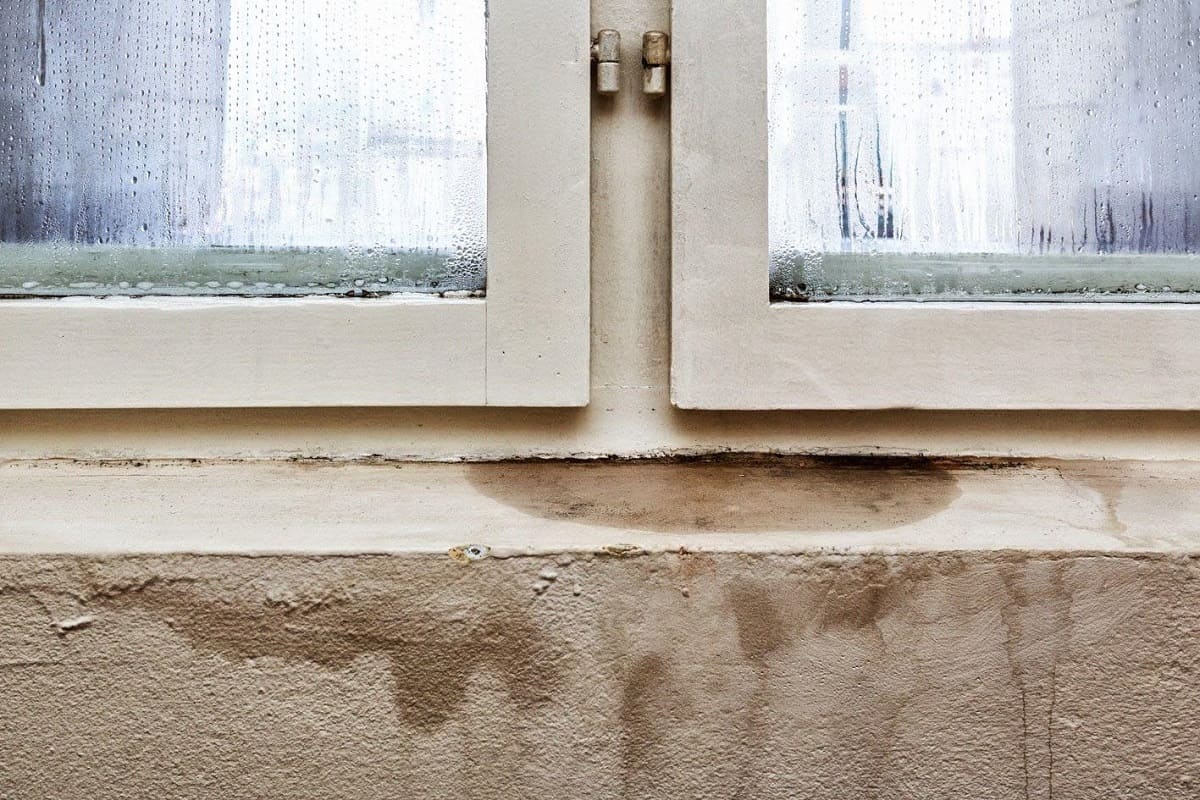

Articles
How To Fix Moisture In Basement
Modified: September 2, 2024
Learn effective methods for fixing moisture issues in your basement with our informative articles. Discover practical tips and expert advice to keep your basement dry and protected.
(Many of the links in this article redirect to a specific reviewed product. Your purchase of these products through affiliate links helps to generate commission for Storables.com, at no extra cost. Learn more)
Introduction
A basement is a valuable space in a home, providing extra storage, a living area, or even a recreational space. However, one common issue that homeowners often encounter is moisture in the basement. Moisture in the basement can lead to various problems, including mold growth, musty odors, and even structural damage.
Understanding the causes of basement moisture, recognizing the signs, and knowing how to effectively fix it are crucial to maintaining a dry and healthy basement. In this article, we will explore the common causes of moisture in the basement, the signs to look out for, and the methods to fix and prevent moisture issues.
Key Takeaways:
- Identifying and addressing the root cause of basement moisture, such as poor drainage or foundation cracks, is crucial for long-term prevention and a dry, healthy living space.
- Implementing proactive measures like improving drainage, sealing surfaces, and using dehumidifiers can effectively fix moisture issues and create a comfortable, moisture-free basement environment.
Causes of Moisture in Basement
There are several factors that can contribute to moisture problems in the basement. Understanding these causes is essential in effectively addressing and preventing moisture issues.
- Poor drainage: Improper grading around the foundation or inadequate gutter system can result in water pooling around the basement walls, leading to moisture seepage.
- Foundation cracks: Any cracks or gaps in the foundation walls or floor can allow water to enter the basement, causing moisture issues.
- Condensation: In areas with high humidity, condensation can occur on cool surfaces in the basement, such as walls or pipes. This can contribute to moisture problems over time.
- Leaking pipes or plumbing: Plumbing issues, such as leaking pipes or faulty drainage systems, can introduce water into the basement, resulting in moisture problems.
- Inadequate ventilation: Poor airflow in the basement can lead to increased humidity levels, which can result in moisture accumulation.
- External factors: Natural factors like heavy rainfall, melting snow, or high water table can also contribute to moisture issues in the basement.
Identifying the specific cause or causes of moisture in your basement is essential in determining the most effective solution.
Signs of Moisture in Basement
Recognizing the signs of moisture in the basement is crucial in addressing the issue promptly. Here are some common signs that indicate the presence of moisture:
- Musty odor: A damp, musty smell in the basement is often a clear indication of excess moisture. This odor is typically caused by the growth of mold and mildew.
- Mold and mildew growth: Visible mold or mildew growth on walls, floors, or other surfaces is a strong sign of moisture problems. Mold thrives in damp environments and can cause health issues if not addressed.
- Damp or wet spots: Puddles of water, damp spots, or wet surfaces in the basement are obvious signs of moisture intrusion. These areas should be addressed immediately to prevent further damage.
- Peeling paint or wallpaper: Excessive moisture in the basement can cause paint or wallpaper to bubble, crack, or peel. This is due to the water penetrating the walls and causing damage to the surface coverings.
- Efflorescence: Efflorescence is a white, powdery substance that appears on basement walls. It is caused by the minerals present in water evaporating on the surface. Its presence indicates moisture seepage.
- Visible water stains: Discoloration or water stains on walls or floors are clear signs of moisture intrusion. These stains may appear as dark patches or streaks and should not be ignored.
If you notice any of these signs in your basement, it is important to take action to identify the source of the moisture and address the issue before it leads to further damage or health concerns.
Preparation Before Fixing Moisture
Before you start fixing the moisture in your basement, it is important to take the necessary precautions and preparations. This will help ensure that the process is effective and successful. Here are some steps to take before getting started:
- Identify the source: Before addressing the moisture issue, it is essential to identify the source of the problem. This could include checking for leaking pipes, inspecting the foundation for cracks, or assessing the external drainage system. Understanding the root cause will guide your remediation efforts.
- Assess the extent of damage: Take the time to thoroughly inspect your basement for any visible damage, such as mold growth, water stains, or deterioration of materials. Note any areas that require immediate attention or professional assistance. Taking photos can also be helpful for documentation purposes.
- Ensure safety: Safety should always be a top priority when dealing with moisture issues. Make sure to wear protective gear, such as gloves and a mask, particularly when dealing with mold or mildew. Adequate ventilation, such as opening windows or using fans, is also important to maintain fresh air circulation.
- Remove or protect valuables: If your basement contains valuable items or furniture, it is advisable to remove them or protect them properly before starting the moisture-fixing process. This will help prevent damage and facilitate easier access to affected areas.
- Plan for proper disposal: If you encounter damaged materials or items that need to be removed, it is important to plan for their proper disposal. Follow local regulations and guidelines for the disposal of mold-contaminated materials or any other hazardous substances.
- Establish a budget: Depending on the severity of the moisture problem and the necessary remediation methods, fixing moisture in the basement can require a financial investment. Determine your budget beforehand to ensure that you can complete the necessary repairs and improvements.
- Research and gather necessary supplies: Take the time to research the best methods for fixing basement moisture and gather the necessary supplies. This could include waterproofing materials, sealants, dehumidifiers, or any other tools and equipment required for the specific fixes you plan to implement.
By properly preparing and taking these steps before starting the moisture-fixing process, you can ensure a smoother and more efficient resolution to the problem.
Methods to Fix Moisture in Basement
Fixing moisture issues in the basement requires a combination of identifying the root cause and implementing appropriate solutions. Here are some effective methods to address and prevent moisture in the basement:
- Identify and repair source of moisture: Start by addressing the root cause of the moisture problem. This could involve fixing leaking pipes or plumbing, repairing foundation cracks, or improving external drainage systems. It is important to address these issues before implementing other fixes.
- Improve basement drainage: Ensuring proper basement drainage is essential in preventing moisture buildup. This can be achieved by installing or repairing gutters and downspouts, redirecting water away from the foundation, or installing French drains or exterior waterproofing systems.
- Seal basement walls and floors: Applying waterproof sealants or coatings to the interior walls and floors can help prevent moisture seepage. This can include using waterproof paints, epoxy coatings, or specialized sealing products. Make sure to address any cracks or gaps before applying the sealant.
- Use dehumidifiers: Installing a dehumidifier in the basement can help control humidity levels and reduce moisture in the air. Choose a dehumidifier with the appropriate capacity for the size of your basement and consider using one with a built-in drainage system for convenience.
- Install a sump pump: A sump pump is an effective solution for preventing water infiltration in the basement. It collects excess water and pumps it away from the foundation, keeping the basement dry. Consider consulting a professional for proper installation and to determine the right type and size for your basement.
- Create proper ventilation: Good airflow and ventilation are crucial in preventing excessive moisture buildup. Install vents or fans in the basement to promote air circulation. Opening windows periodically can also help exchange stale air with fresh air from outside.
Keep in mind that the best approach to fixing moisture in the basement may vary depending on the specific issues you are facing. It is always recommended to consult with professionals or specialists if you are unsure about the best course of action.
Identify and Repair Source of Moisture
Identifying and repairing the source of moisture is the first and most crucial step in fixing moisture issues in the basement. By addressing the root cause, you can effectively prevent future moisture problems and ensure a long-term solution.
Here are some steps to help you identify and repair the source of moisture:
- Inspect the basement: Start by thoroughly inspecting the basement for any visible signs of moisture, such as water stains, damp spots, or mold growth. Take note of any areas that appear to be more prone to moisture issues.
- Check the plumbing: Examine the plumbing system in the basement for any leaking pipes, faulty drainage systems, or dripping fixtures. Repair or replace any damaged components that could be contributing to the moisture problem.
- Examine the foundation: Inspect the foundation walls and floors for any cracks, gaps, or areas of weakness. These can be entry points for water seepage. Use a flashlight to check for any signs of active leakage while it is raining or snowing.
- Assess external drainage: Evaluate the exterior of your home for proper drainage systems. Ensure that the gutters and downspouts are in good condition and effectively channel water away from the foundation. Consider extending downspouts or installing splash guards to prevent water from pooling near the basement walls.
- Address landscaping issues: Pay attention to the grading around your home. The soil should slope away from the foundation to allow water to flow away from the house. If needed, regrade the soil to ensure proper drainage.
- Seal foundation cracks: Use a suitable waterproof sealant or epoxy to seal any cracks or gaps in the foundation walls or floors. This will prevent water from entering through these openings. Make sure to clean and dry the area thoroughly before applying the sealant.
- Consider exterior waterproofing: In severe cases, exterior waterproofing measures, such as installing a waterproof membrane or french drain system, may be necessary. Consult with a professional to assess the feasibility and effectiveness of these methods for your specific situation.
- Seek professional help if needed: If you are unsure about the source of moisture or unable to fix it yourself, it is recommended to seek the assistance of a professional contractor or basement waterproofing specialist. They have the expertise and equipment to identify and repair complex moisture issues.
Identifying and repairing the source of moisture is the foundation for successful moisture mitigation in the basement. By taking these steps, you can effectively prevent further damage and create a dry and healthy environment.
Make sure your gutters and downspouts are clear and directing water away from the foundation. Consider installing a sump pump to remove excess water. Check for and repair any cracks in the foundation.
Improve Basement Drainage
Improving basement drainage is essential in preventing moisture buildup and water intrusion. Proper drainage systems help redirect excess water away from the foundation, keeping the basement dry and free from moisture-related issues. Here are some methods to improve basement drainage:
- Install or repair gutters and downspouts: Make sure your home has functioning gutters and downspouts. Clean them regularly to prevent clogging and ensure the water is properly directed away from the foundation. Repair or replace any damaged sections to ensure effective water drainage.
- Extend downspouts: Consider extending your downspouts to ensure that water is being directed at least 6 feet away from the foundation. This prevents water from pooling near the basement walls and reduces the risk of moisture seepage.
- Install a French drain: A French drain is a trench filled with gravel or rock that collects excess water and redirects it away from the foundation. It is particularly useful if you have a high water table or poor soil drainage around your basement. Consult with a professional to determine the appropriate placement and design for your specific situation.
- Grade the soil away from the foundation: Ensure that the ground around your home slopes away from the foundation. This helps prevent water from pooling near the basement walls. If necessary, regrade the soil to create a proper slope for effective water drainage.
- Consider exterior waterproofing: In severe cases of moisture intrusion, exterior waterproofing may be necessary. This involves excavating the soil around the foundation and applying a waterproof membrane or coating to create a barrier against water infiltration. Consult with a professional to assess the feasibility and effectiveness of this method for your specific situation.
- Divert surface water: Identify any areas where water tends to pool near the foundation and implement solutions to divert the water. This can include the installation of surface drains, swales, or catch basins to redirect water away from the basement walls.
Improving basement drainage is a proactive measure to prevent moisture issues and protect the foundation of your home. By implementing these methods, you can significantly reduce the risk of water intrusion and maintain a dry and healthy basement environment.
Seal Basement Walls and Floors
Sealing the basement walls and floors is an effective method to prevent moisture seepage and create a barrier against water intrusion. By properly sealing these surfaces, you can significantly reduce the risk of water infiltration and moisture-related issues. Here are some steps to seal basement walls and floors:
- Prepare the surfaces: Before sealing, it is essential to ensure that the walls and floors are clean and dry. Remove any loose paint, dirt, or debris from the surfaces using a wire brush or scraper. Use a damp cloth to wipe away any dust or residue.
- Repair cracks and gaps: Inspect the walls and floors for any cracks or gaps that could allow water to penetrate. Fill these areas with an appropriate sealant or patching compound, following the manufacturer’s instructions. Smooth the surface with a putty knife and allow it to dry completely.
- Choose the right sealant: Select a high-quality waterproof sealant that is suitable for your basement walls and floors. There are various options available, including epoxy sealants, masonry waterproofing paints, or specialized waterproofing coatings. Consider factors such as durability, ease of application, and compatibility with the surface material.
- Apply the sealant: Follow the instructions provided by the manufacturer to apply the sealant to the walls and floors. Use a brush, roller, or sprayer, depending on the recommended application method. Apply the sealant evenly, ensuring full coverage of the surfaces. Pay extra attention to areas prone to moisture, such as corners, joints, and around pipe penetrations.
- Allow proper drying and curing: Give the sealant sufficient time to dry and cure according to the manufacturer’s instructions. Keep the basement well-ventilated and avoid introducing moisture during this process. Avoid touching or disturbing the sealed surfaces until fully cured.
- Consider additional waterproofing measures: In addition to sealing the walls and floors, you may want to consider additional waterproofing measures. This can include installing a vapor barrier, such as a plastic sheet, between the sealed surfaces and finished walls or flooring. Consult with a professional for guidance on the best waterproofing practices for your specific basement.
Sealing the basement walls and floors is an important step in preventing moisture intrusion and maintaining a dry basement environment. By following these steps and using the proper sealant, you can effectively create a barrier against water seepage and protect your basement from moisture-related issues.
Use Dehumidifiers
Using dehumidifiers in the basement is an effective way to control humidity levels and reduce moisture in the air. Excess humidity can contribute to moisture-related problems, such as mold growth and musty odors. Here are some important points to consider when using dehumidifiers:
- Select the right dehumidifier: Choose a dehumidifier with the appropriate capacity for your basement size and humidity level. Consider factors such as the pint capacity, energy efficiency, noise level, and maintenance requirements. Look for models that have features like auto shut-off and adjustable humidity settings.
- Position the dehumidifier: Place the dehumidifier in a central location in the basement where it can effectively extract moisture from the air. Ensure that it has sufficient clearance for proper airflow. Avoid placing it near walls or furniture, as this can hinder its performance.
- Set the desired humidity level: Most dehumidifiers allow you to set the desired humidity level. The recommended humidity level for a basement is between 30% and 50%. Adjust the settings accordingly to maintain the optimal humidity level and prevent excessive dryness or moisture.
- Empty and clean the water reservoir: Regularly check and empty the water reservoir of the dehumidifier to prevent overflow. Follow the manufacturer’s instructions for proper cleaning and maintenance of the unit. Clean the filters regularly to ensure optimal performance.
- Consider a continuous drainage system: If possible, set up a continuous drainage system for the dehumidifier. This can be achieved by connecting a hose to the unit and directing it to a floor drain or a suitable outlet. This eliminates the need to manually empty the water reservoir.
- Monitor and adjust usage: Keep an eye on the humidity levels in the basement and adjust the dehumidifier’s usage accordingly. During periods of high humidity or excessive moisture, you may need to run the dehumidifier more frequently. Conversely, in drier seasons, you may reduce usage to prevent overly dry conditions.
Using dehumidifiers in the basement is an effective way to control moisture and create a more comfortable environment. By following proper usage and maintenance practices, you can effectively reduce humidity levels and prevent moisture-related issues.
Install Sump Pump
Installing a sump pump in your basement is a proactive measure to prevent water infiltration and protect your basement from moisture-related issues. A sump pump effectively collects excess water and pumps it away from the foundation, keeping your basement dry and free from water damage. Here’s what you need to know about installing a sump pump:
- Assess the need for a sump pump: Evaluate the severity of your basement’s moisture issues to determine if a sump pump is necessary. Factors such as frequent water seepage, high water table, or poor external drainage may indicate the need for a sump pump.
- Choose the right type of sump pump: There are two main types of sump pumps: pedestal and submersible. Pedestal pumps are mounted above the sump pit, while submersible pumps are submerged in the pit. Consider factors such as the size of your basement, the amount of water to be pumped, and the pump’s horsepower when selecting the appropriate type.
- Determine the ideal location: Identify the most suitable location in your basement to install the sump pump. This is typically in the lowest point of the basement or in an area where water tends to accumulate. Ensure it is easily accessible and has proper clearance for maintenance.
- Excavate and create the sump pit: Dig a hole in the chosen location to create the sump pit. The depth and diameter of the pit will depend on the type of sump pump you are installing. Follow the manufacturer’s instructions for the specific dimensions and specifications.
- Install the sump pump: Place the sump pump in the pit, ensuring it is level and secure. Connect the discharge pipe to the pump and direct it away from the foundation, ideally at least 10 feet away. Install a check valve in the discharge pipe to prevent backflow of water into the pit.
- Test the sump pump: Fill the pit with water to test the functionality of the sump pump. Ensure that it automatically turns on and effectively pumps the water out of the pit. Adjust the float switch or settings as needed to maintain the desired water level.
- Maintain the sump pump: Regularly inspect and maintain the sump pump to ensure its proper functioning. Clean the sump pit and remove any debris that may hinder the pump’s operation. Test the pump periodically and replace any worn-out components or malfunctioning parts.
Installing a sump pump is a proactive measure to protect your basement from water damage and minimize the risk of moisture-related issues. By following these steps and ensuring regular maintenance, you can keep your basement safe and dry.
Create Proper Ventilation
Creating proper ventilation in the basement is essential for controlling moisture and maintaining a healthy environment. Good airflow helps prevent excessive humidity and reduces the risk of mold growth and musty odors. Here are some methods to create proper ventilation in your basement:
- Open windows and doors: When weather permits, open windows and doors in the basement to allow fresh air to circulate. This helps exchange stagnant air with fresh outdoor air, reducing humidity levels.
- Install vents or fans: Consider installing vents or fans in the basement to improve air circulation. In areas with limited natural ventilation, mechanical ventilation can be highly effective. Place vents or fans strategically to ensure proper airflow throughout the space.
- Use exhaust fans: Install exhaust fans in areas prone to moisture, such as bathrooms or laundry rooms in the basement. These fans help remove excess moisture from the air, reducing the risk of increased humidity levels.
- Consider a dehumidifier with a ventilation feature: Some dehumidifiers have a built-in ventilation feature that allows them to exchange stale air with fresh air from outside. This can be an effective way to control moisture and maintain proper ventilation in the basement.
- Install a basement window well: If your basement has small or limited windows, consider installing window wells. These create a space outside the window, allowing more natural light and air to enter the basement. Ensure that the window wells are properly drained to prevent water accumulation.
- Insulate and seal air leaks: Insulate the basement walls and seal any air leaks to prevent outside moisture from entering and to control temperature and humidity levels. Proper insulation helps maintain a stable environment and reduces the chance of condensation.
- Monitor and control humidity levels: Keep track of the humidity levels in your basement using a hygrometer. Aim to maintain a humidity level between 30% and 50%. If the humidity is consistently higher, consider implementing additional ventilation measures or using a dehumidifier.
Creating proper ventilation in the basement is key to preventing the buildup of moisture and maintaining a healthy indoor environment. By implementing these methods, you can improve airflow, reduce humidity levels, and eliminate stagnant air, resulting in a dry and comfortable basement.
Conclusion
Moisture in the basement can cause significant problems, including mold growth, musty odors, and structural damage. However, by understanding the causes, recognizing the signs, and taking proactive measures, you can successfully fix and prevent moisture issues in your basement.
Identifying and repairing the source of moisture is the first step towards a dry basement. Whether it’s addressing plumbing issues, sealing foundation cracks, or improving external drainage, resolving the root cause is essential for long-term moisture prevention.
Improving basement drainage is another crucial aspect of moisture mitigation. Redirecting water away from the foundation through properly functioning gutters, downspouts, and French drains helps prevent water accumulation and potential seepage into the basement.
Sealing basement walls and floors provides an effective barrier against water intrusion. By using appropriate sealants and addressing cracks and gaps, you can prevent moisture seepage and protect your basement from damage.
Utilizing dehumidifiers helps control humidity levels and reduce moisture in the air. It is important to choose the right dehumidifier, position it strategically, and set the desired humidity level to maintain a dry and healthy environment.
Installing a sump pump provides an effective solution for preventing water infiltration. It collects and pumps excess water away from the foundation to keep the basement dry, especially in areas with frequent water seepage or high water table.
Creating proper ventilation in the basement enhances airflow and reduces moisture buildup. Whether through open windows and doors, installed vents or fans, or mechanical ventilation, promoting good air circulation helps prevent excessive humidity and mold growth.
By implementing these methods and taking the necessary preparations, you can effectively fix moisture issues in your basement and create a dry and healthy living space. Remember to assess and address the specific needs of your basement, and consult with professionals when needed.
Protecting your basement from moisture not only preserves the integrity and structural stability of your home but also contributes to the overall well-being of your family. With a dry and moisture-free basement, you can fully utilize the space and enjoy a comfortable and safe living environment.
Frequently Asked Questions about How To Fix Moisture In Basement
Was this page helpful?
At Storables.com, we guarantee accurate and reliable information. Our content, validated by Expert Board Contributors, is crafted following stringent Editorial Policies. We're committed to providing you with well-researched, expert-backed insights for all your informational needs.
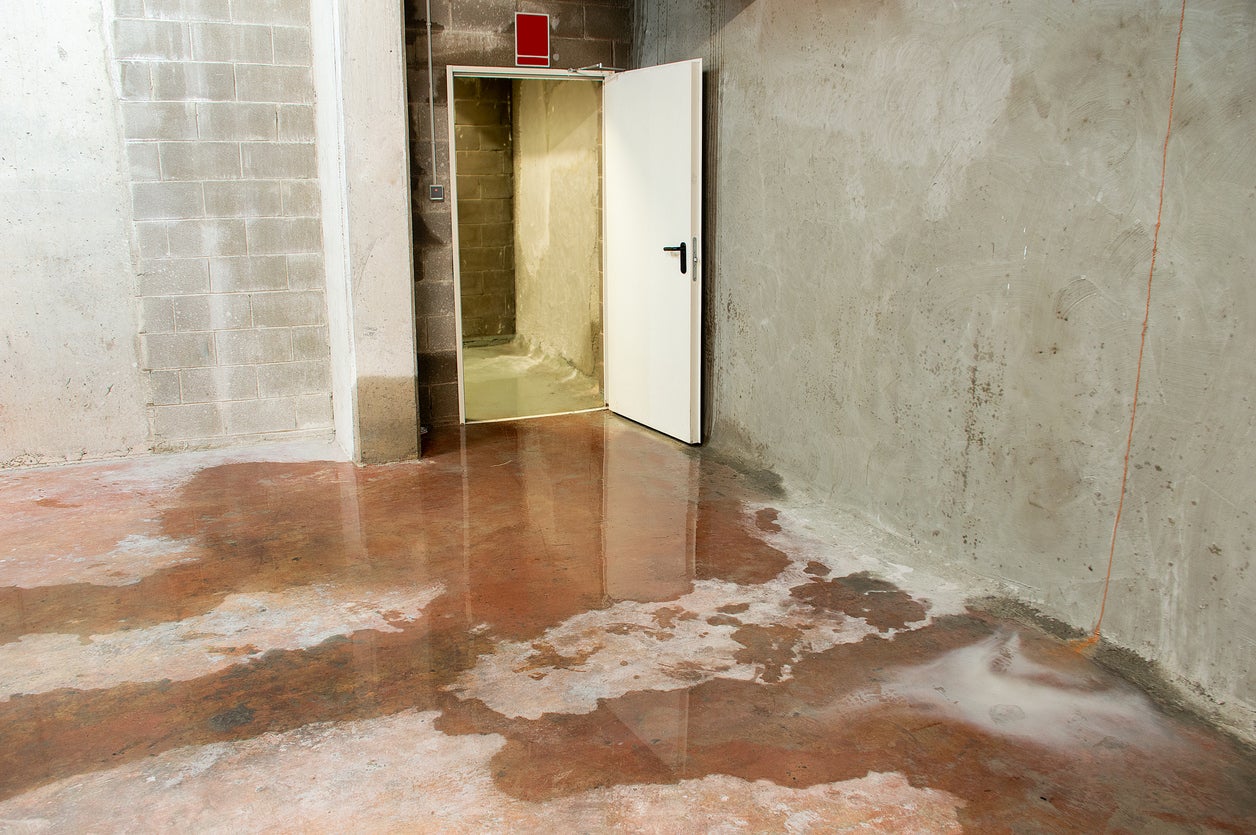
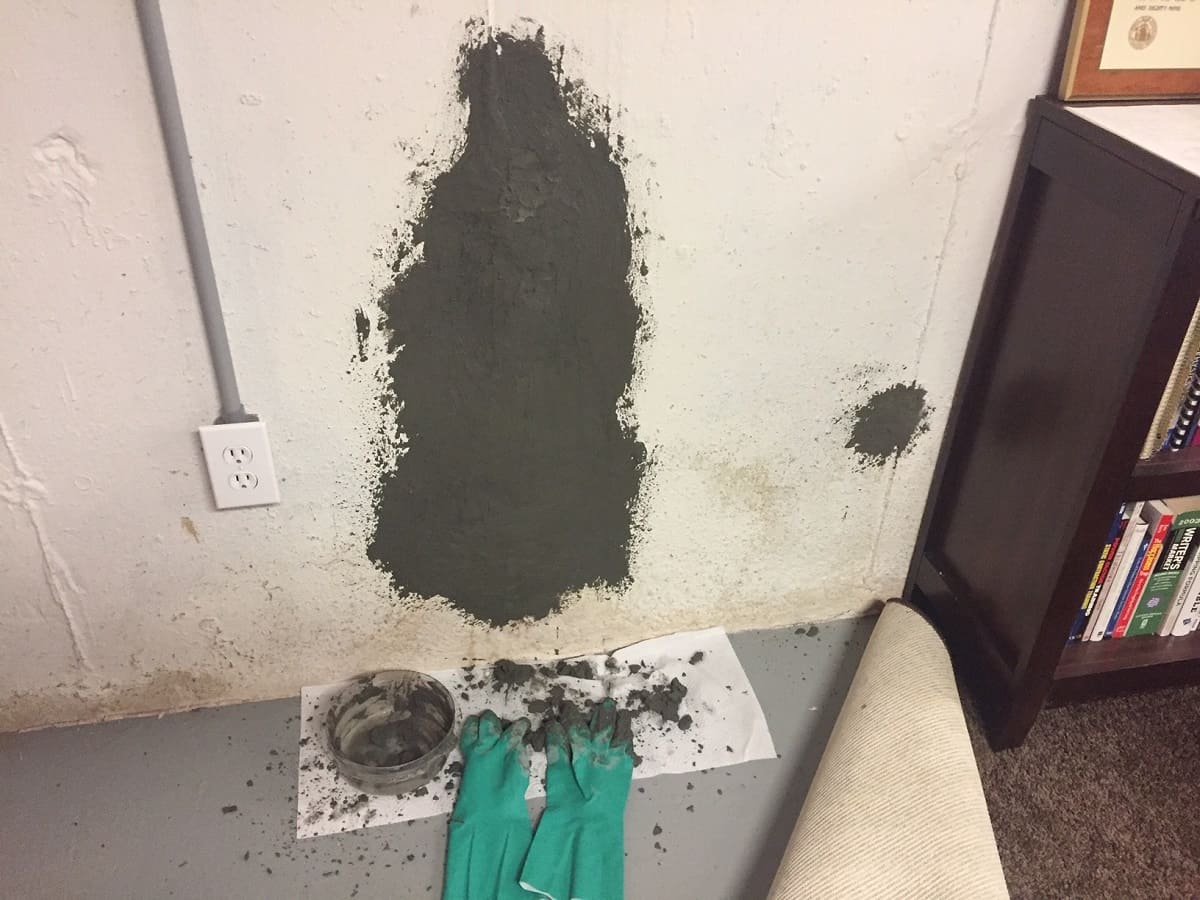
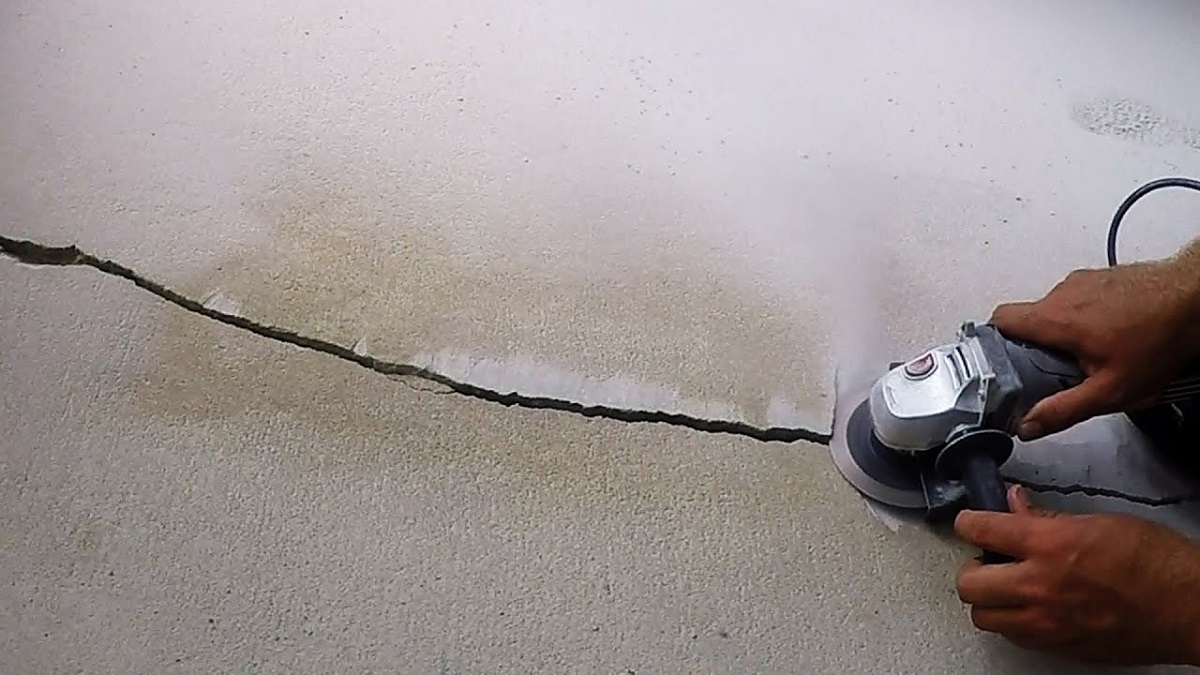
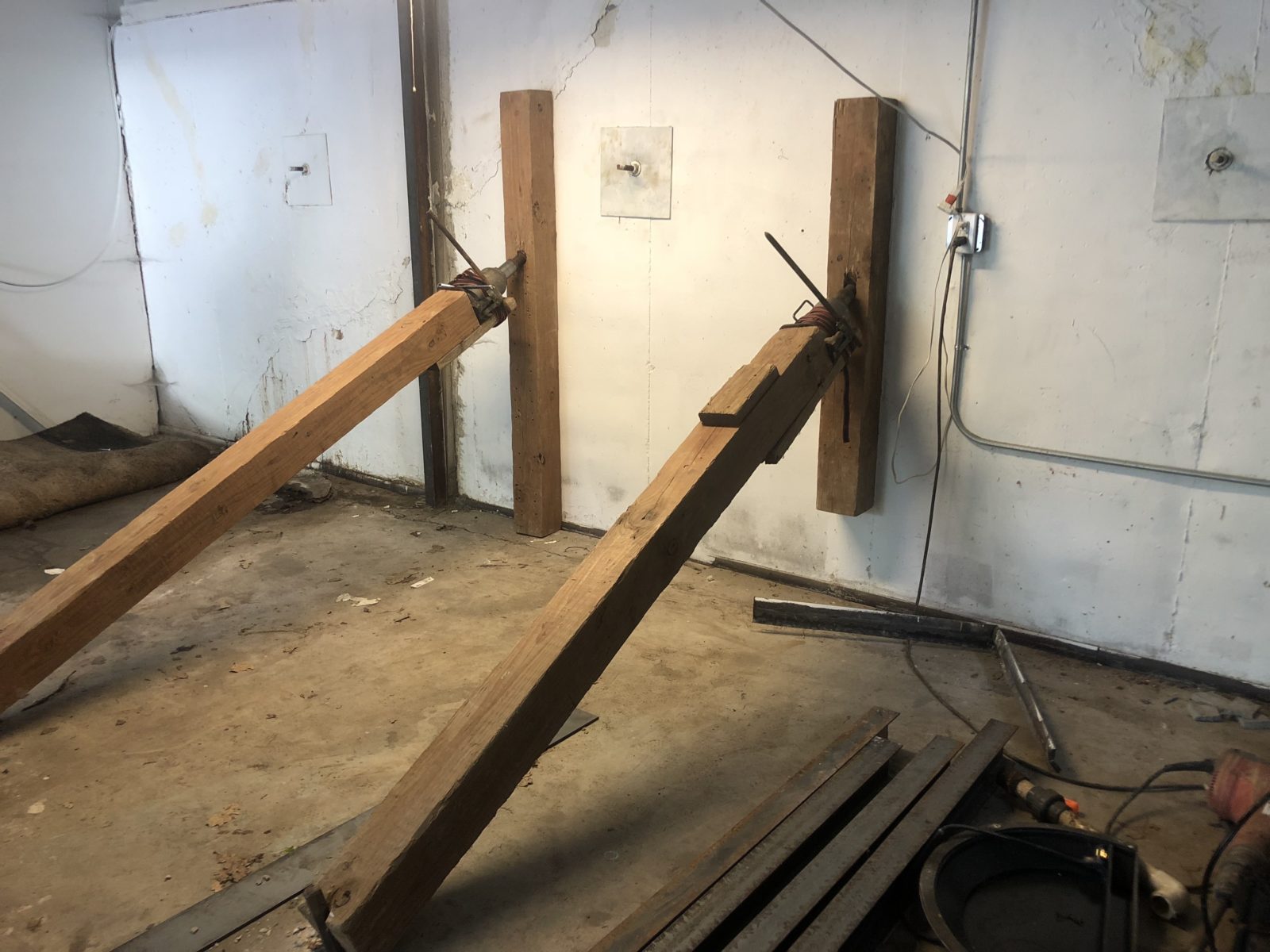
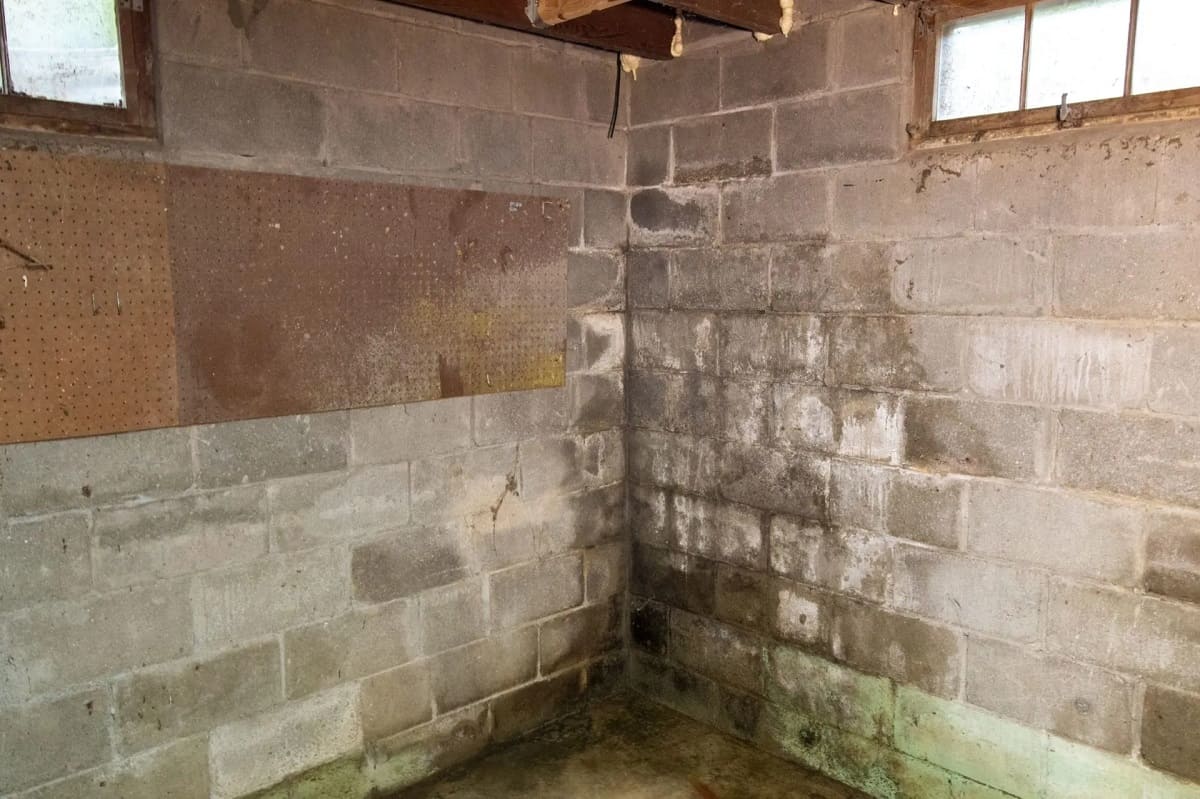
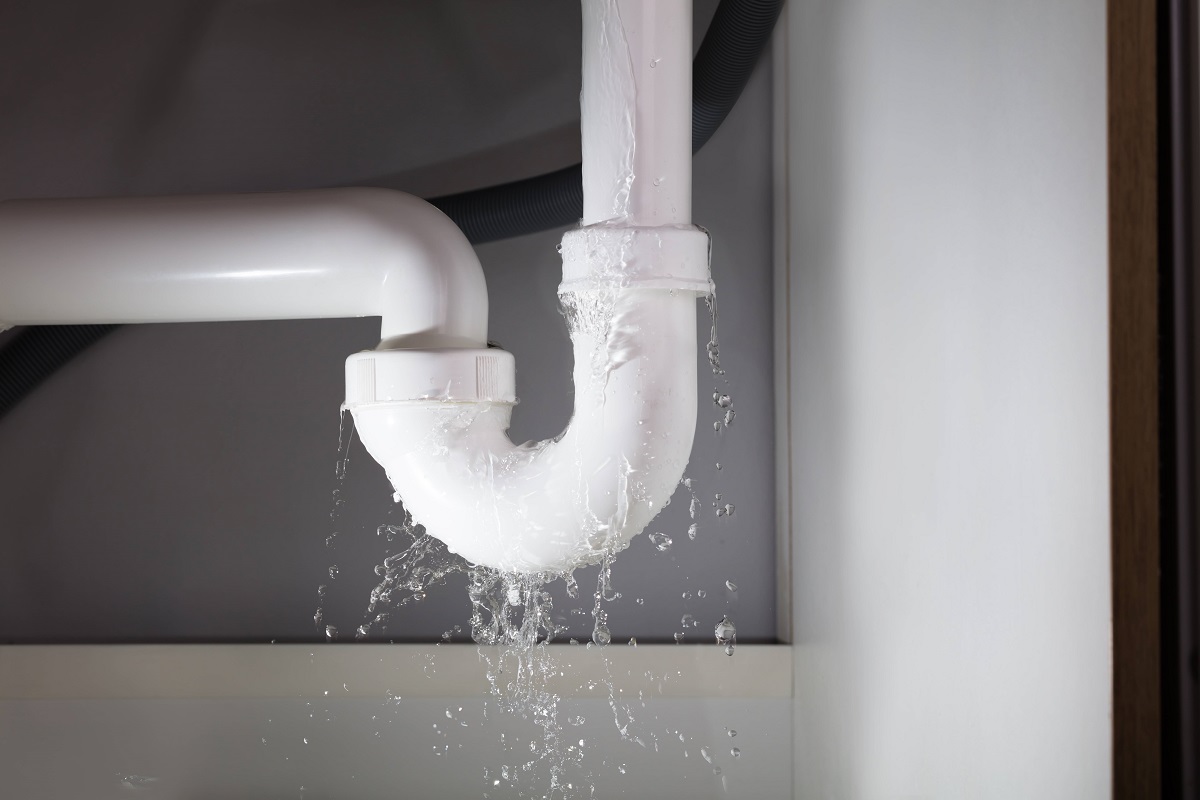
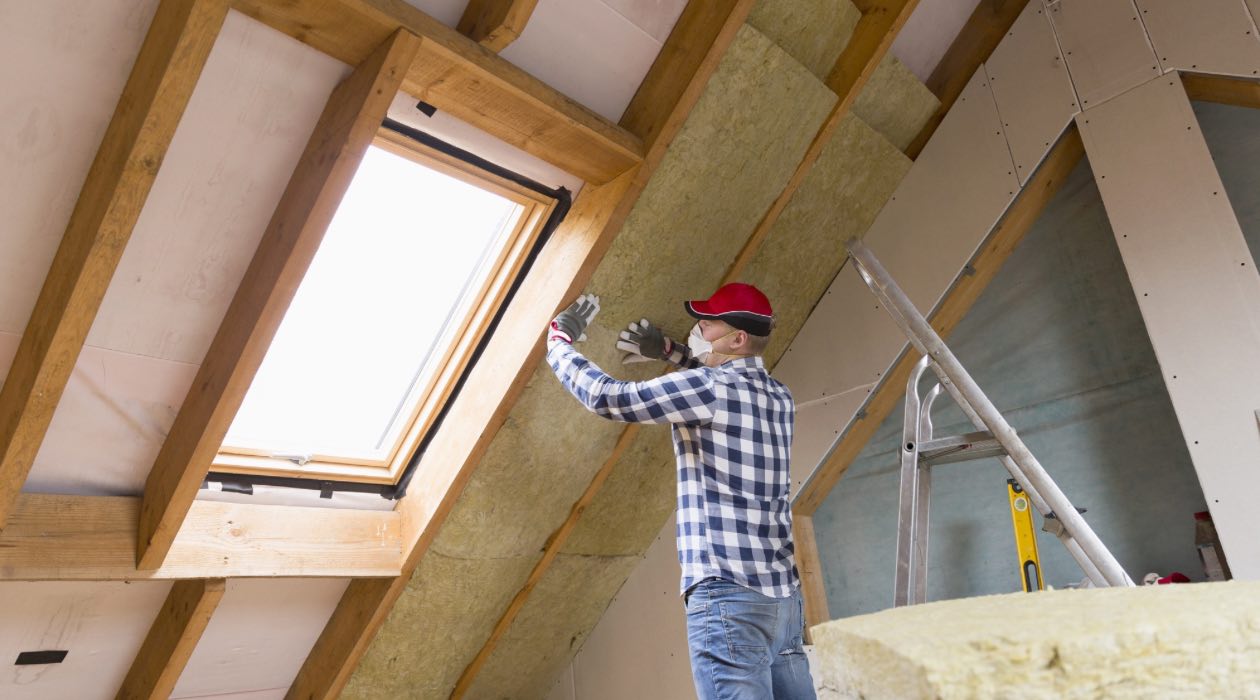
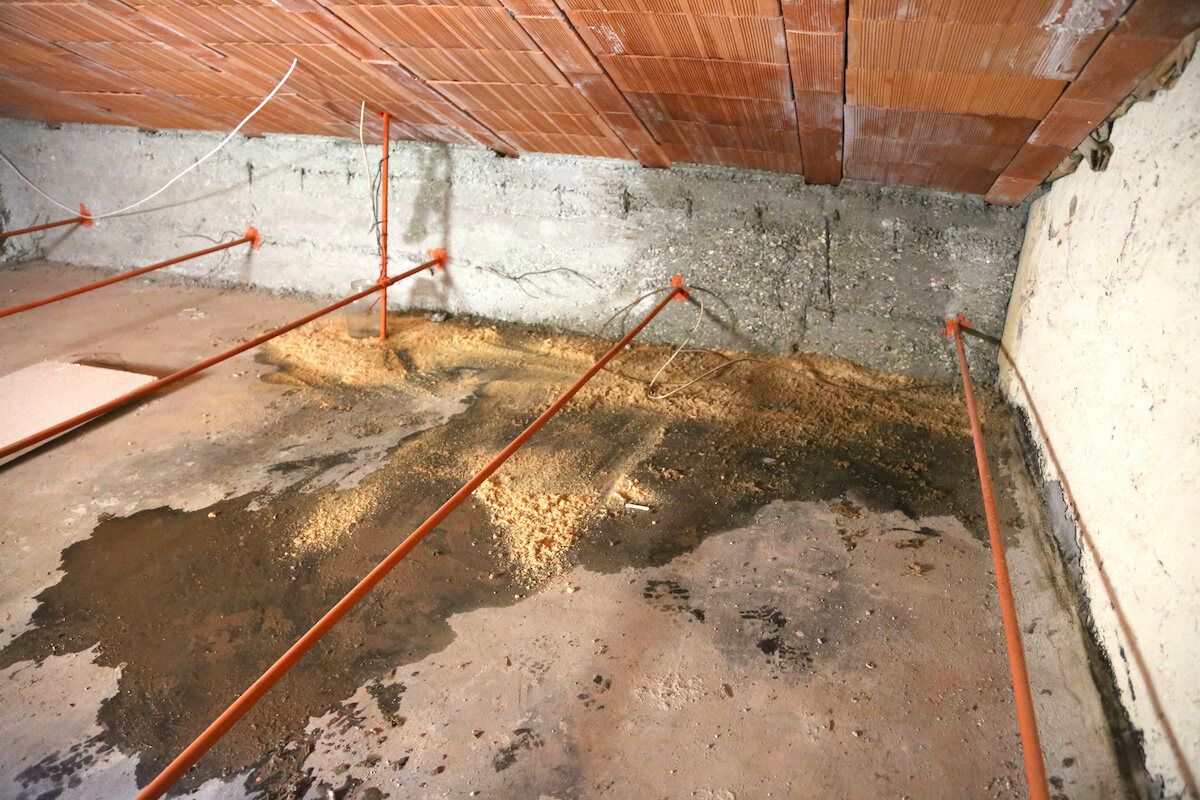
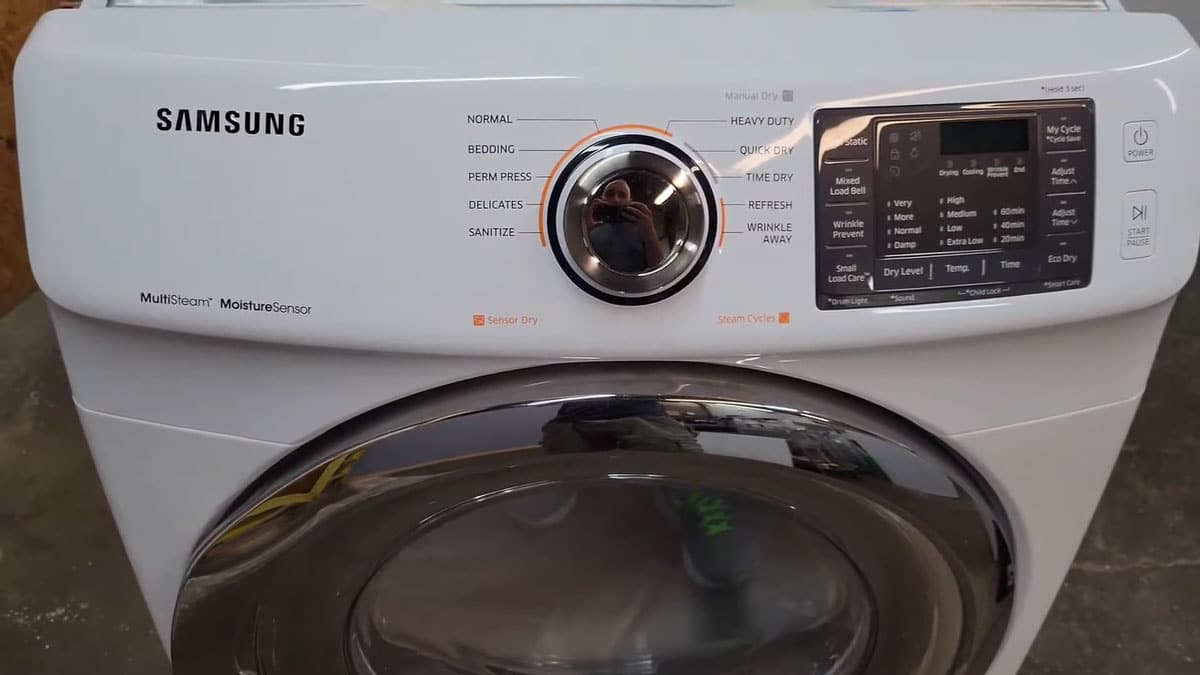

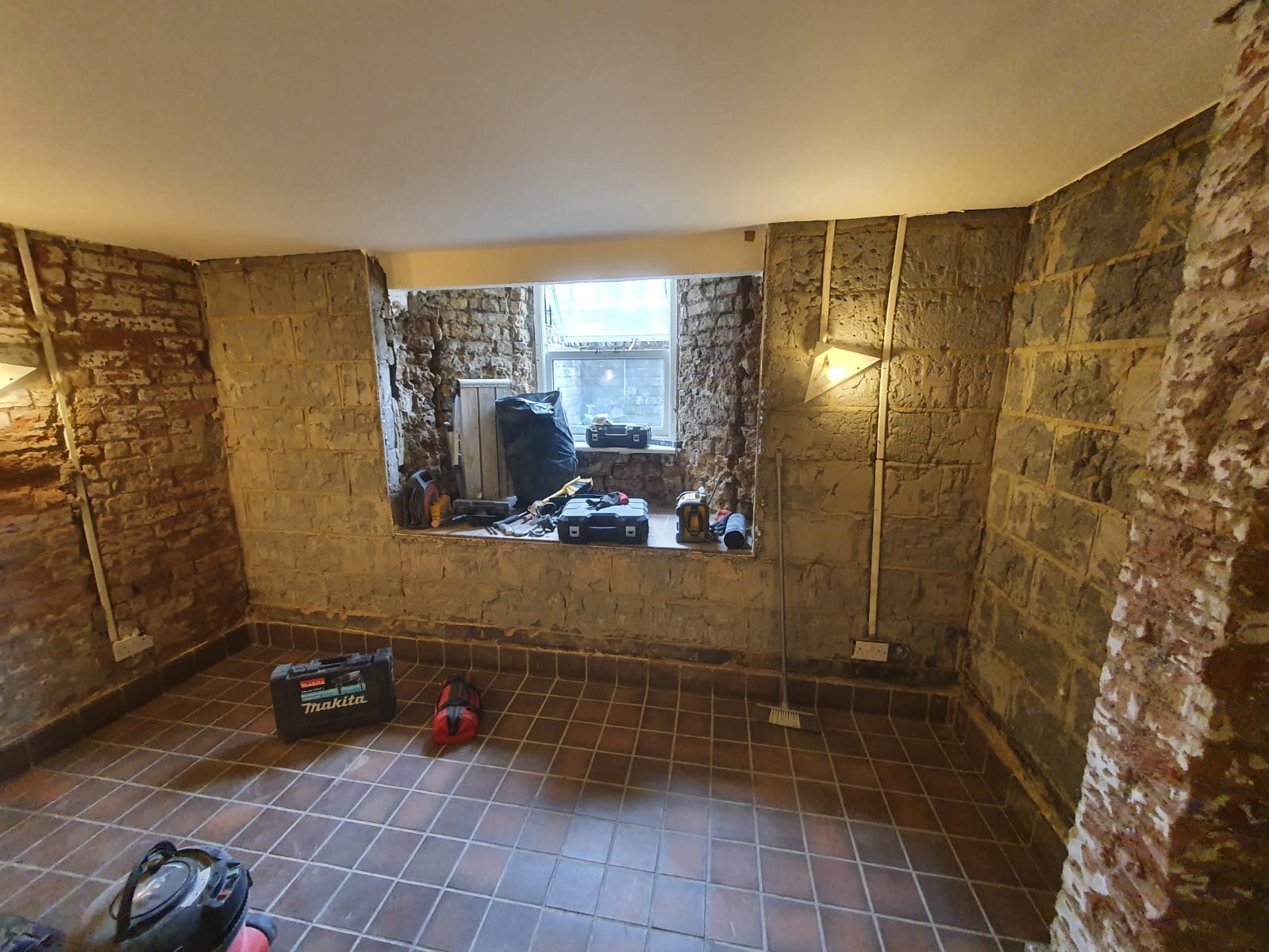
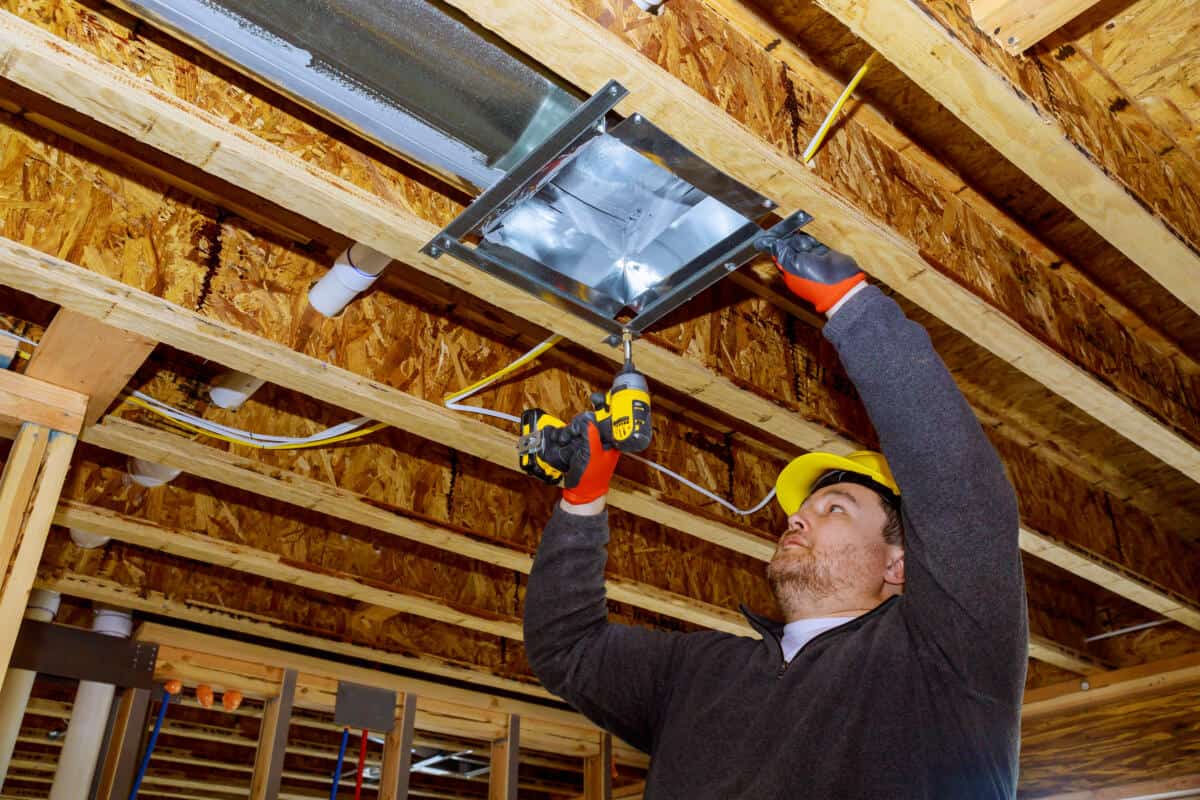
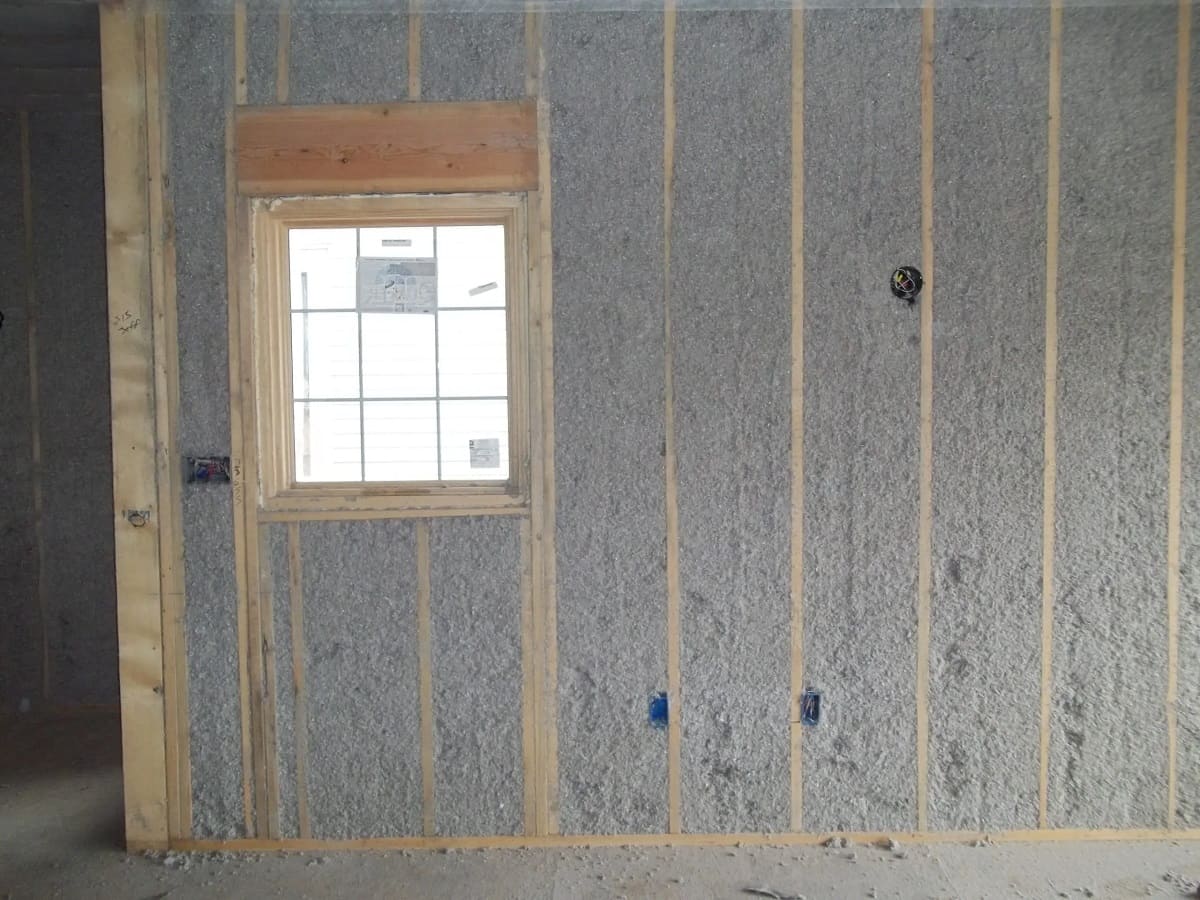

0 thoughts on “How To Fix Moisture In Basement”